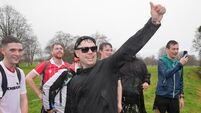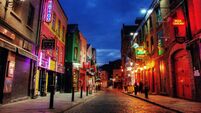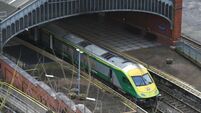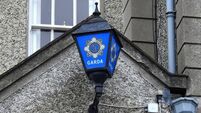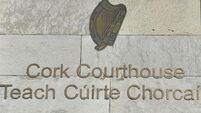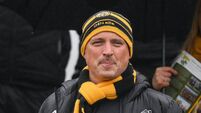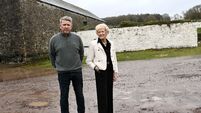Hek of an error in heat of moment
Hekla – a second, larger glacier neighbouring the Eyjafjallajökull volcano which has brought the continent to a standstill – was said to be erupting.
It was the worst possible scenario – volcanologists said an eruption was long overdue and could significantly increase the problems being faced.
Cue panic stations, social networking websites going into overdrive and even normally reliable international news services reporting the update with just a hint of terror in their words. There was just one, minor detail that wasn’t immediately picked up.
An irrelevancy really, something you feel almost awkward about raising.
The Hekla volcano did not, in fact, erupt.
Not a hint of ash, a splash of lava or a even squeak of air escaped.
An embarrassed Icelandic expert soon explained the mystery eruption – a live online camera feed to ground zero of the ash crisis had accidentally confused the two volcanoes.
In the most basic terms, the Icelandic National Broadcasting Service – the nordic nation’s equivalent of BBC, CNN, or RTÉ – placed the camera in the wrong spot, with Hekla being incorrectly labelled Eyjafjallajökull and vice-versa.
As such, when Eyjafjallajökull let off its latest eruption, everyone thought it was Hekla.
A frustrated official from the Icelandic Meteorological Office in Reykjavik was soon on the case, telling BNO News while trying to hold back any hint of sarcasm: “I’m sitting here in the middle of the Icelandic Met Office and we’ve seen nothing to indicate an eruption.”
The comment led to online commentators quickly scurrying trying to cut off escape routes as metaphorical horses bolted, pausing only to laugh at the ease at which the error was made.
As the real Eyjafjallajökull continues to cause chaos across Europe, someone somewhere in Iceland is sulkily re-learning an important phrase: This er minn réttur hönd this er minn vinstri – this is my right hand, this is my left.







